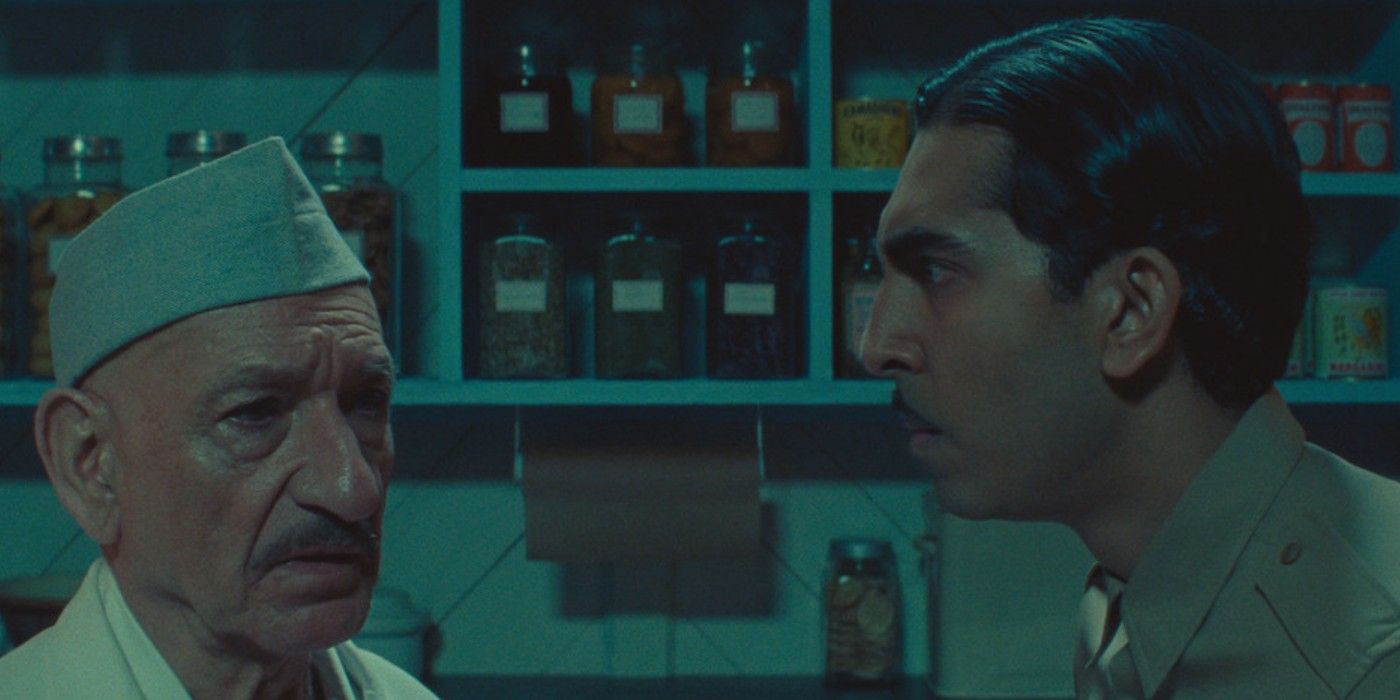[ad_1]
Summary
- Wes Anderson’s short film Poison features a venomous krait snake that poses a potential threat to the main character, but the danger portrayed in the movie may not match the reality of krait bites.
- Krait bites in Bangladesh have a mortality rate of 70-80% for untreated victims, making them a major public health concern in the country.
- The krait snake in the movie symbolizes something deeper than just a physical threat, representing the toxic racism and power dynamics inherent in colonial India.
In Wes Anderson‘s short movie Poison, Benedict Cumberbatch finds himself in hot water due to a venomous krait snake coiled on his stomach ― but it’s unclear if the venomous reptile really spells a death sentence. Poison is the final Dahl adaptation in Wes Anderson’s short Netflix film series, and the others in the series featured Dahl’s characteristic dramatic claims, both fanciful and nasty; for instance, licorice being made out of rats’ blood in The Rat Catcher. While Anderson’s Poison features a real type of snake, its danger might not match reality.
Cumberbatch’s Poison character Harry Pope, a British man in colonial India, begins the movie trapped in bed, telling his friend Woods (Dev Patel) he has been lying entirely still for “hours and hours” so as not to wake the krait asleep on him. Woods is immediately alarmed, jumping backward, and rescuer Dr. Ganderbai (Ben Kingsley) also sees the situation as very grave, even confessing the snake bite serum he has might not save Harry’s life. It’s clear in the extreme tension between the men, and particularly in Harry’s sweaty state of panic, that in the movie kraits are notorious for being extremely dangerous.
The Mortality Rate For Untreated Common Krait Bites Is 70-80% In Bangladesh
Poison‘s Harry, Woods, and Ganderbai are right to be worried. Krait bites kill an estimated 70-80% of untreated victims in Bangladesh, the now-independent nation where Anderson’s movie is hinted to be set thanks to the trademark jute crops on screen. Kraits live in rural Asia and can bite when startled or threatened. In Bangladesh, the common krait is “responsible for more than half of all snakebite deaths,” reports the journal Toxicon: X in the National Library of Medicine. It continues that victims experience pain and paralysis, with death occurring between four and eight hours after the bite:
Snake biting is a major public health concern in Bangladesh… The common krait (B. caeruleus) is one of the ‘big four’ snake’s species and it has been responsible for one of the most human deaths and injuries from snakebites in Bangladesh and India. Typically, victims report acute stomach pains that worsen over time, followed by gradual paralysis.
The Wes Anderson movie’s description of kraits is fairly accurate, then. Dr. Ganderbai warns his serum might not save Harry, and antivenom has limited effect in reality, too ― though this is more because it is often administered much too late, owing to victims in rural areas being without easy hospital access. The journal warns that once paralysis has set in, the situation is “catastrophic” no matter the treatment. It makes sense that Dahl would know to take kraits’ danger seriously, as he trained as a World War II fighter pilot in Iraq, which borders Iran, one of the nations where the snakes live.
The Real Meaning Of The Krait Snake & Harry Pope In Poison
While krait snakes really are very dangerous, Poison’s ending focuses on another kind of venom altogether. The reptile, whether it was ever really there or wholly imagined, is not the real source of the Netflix film’s titular poison. That’s actually Harry himself, with the film’s toxicity embedded in his racism, attitude of superiority, and interactions with Dr. Ganderbai. Harry keeps his racism coiled like the creature he thinks is on his stomach, acting irritable and dismissive but under control, until a moment of tension so unbearable that it springs out of him — with a snake-like rattling even heard on screen.
Harry’s racist tirade against Ganderbai is not only a betrayal, but also shows viewers that the anxious tension that infuses the men’s interactions throughout the short movie isn’t merely around the snake, but about power. Harry feels “superior” to Ganderbai but is suddenly not in control, trapped in bed and feeling threatened and cornered. The unseen snake is a phantom that haunts the men’s interactions, like the racial dynamics of colonial India. Woods apologizes to Ganderbai at the end of the Wes Anderson film on Harry’s behalf — but both he and Ganderbai know many more snakes are lying in wait to spring at them.
Source: Toxicon: X
[ad_2]
Source link
Armessa Movie News

